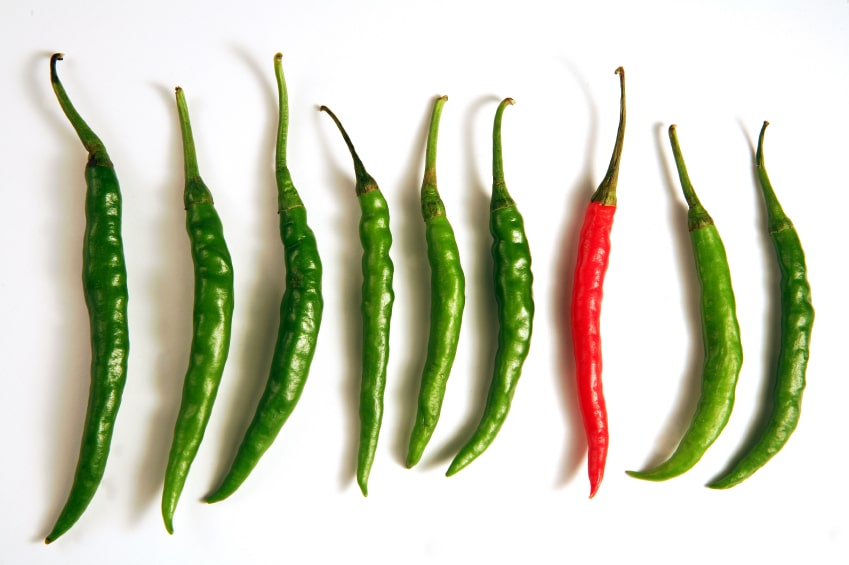It’s time to move over, traditional ad buys. Display, banner, and social side bar ads still have their place in lead generating, awareness-building campaigns, but the past 15 months have seen the rise of content-driven, promoted posts on Facebook, Twitter and LinkedIn. Promoted posts have similarities to traditional online ad buys – specialized targeting, pay-per-click structures, and the ability to reach people a company perhaps wouldn’t organically – but differ in one key way: instead of being visually different on a page, promoted posts look the same as posts from any other organization or person followed. The seemingly natural addition of promoted posts to users’ social media feeds encourages people to engage with new companies and content, without the “sales” feeling of clicking on a traditional display ad. In fact, the ability for promoted posts to integrate seamlessly into the everyday social activities of scrolling and clicking has made them a lot cheaper than traditional ad buys – with some side-by-side, promoted social campaigns costing less than half of banner and side bar ads.
However, promoted social campaigns are touchy. Because they show up like any other post in a user’s social media feed, they need to look and read like material users would naturally want to click on, must emphasize the value of clicking on the link, and need to steer away from being too “selly” – why would a user click to buy something they’ve possibly never heard of and know nothing about? And, because Facebook, LinkedIn and Twitter all have distinct norms, purpose, and content rhythm, particular types of content perform better on some social networks than others.
If your organization is exploring giving promoted posts a shot, here’s a quick tip list on what types of B2B promoted content typically perform best on each of the major social networks:
- Twitter: For most users, Twitter is primarily a quick tips, news, and time-sensitive information sharing platform. The half-life of tweets is a fraction of a LinkedIn and Facebook post, so content must be sharp, convey value succinctly, and be hip to the industry. For promoted tweets, the most successful campaigns we’ve seen are research-based infographics (new feature: Twitter displays graphics in the feed), survey results, news article mentions, and topics that piggyback off of hot, relevant items in thew news.
- Facebook: Over the past two years, Facebook has transformed from a relationship-centered social platform to a visual one, with EdgeRank prioritizing photos and videos from both brands and personal connections. And, with the introduction of remarketing ads included on Facebook feeds, users have transformed their use of Facebook from a personal site to a full-force lifestyle network, from home to business. Promoted content that tends to perform best here includes select contests and promotions, visually-driven news (like a press announcement with a coordinating product image), and story-telling case studies.
- LinkedIn: LinkedIn is the newest to the promoted content game, only introducing this feature last summer. Because users give the most detailed personal profile information to LinkedIn out of all the social networks, the targeting is by far the best for B2B promoted posts. However, LinkedIn has the highest unofficial standards for content quality out of all the social networks. Users visit LinkedIn either to improve their industry connections, or learn something that will help them be better at their job – it’s not a network that people visit to waste time. Because of this, LinkedIn is a prime network for promoting white papers, original research, industry-commentary blog posts, and thought leadership pieces.
Here at Voxus, we provide promoted post services to a number of our clients, and the features, options, and optimization change nearly everyday. Next time you’re exploring options to get more eyes on your company assets, think about incorporating promoted posts in your strategy.


